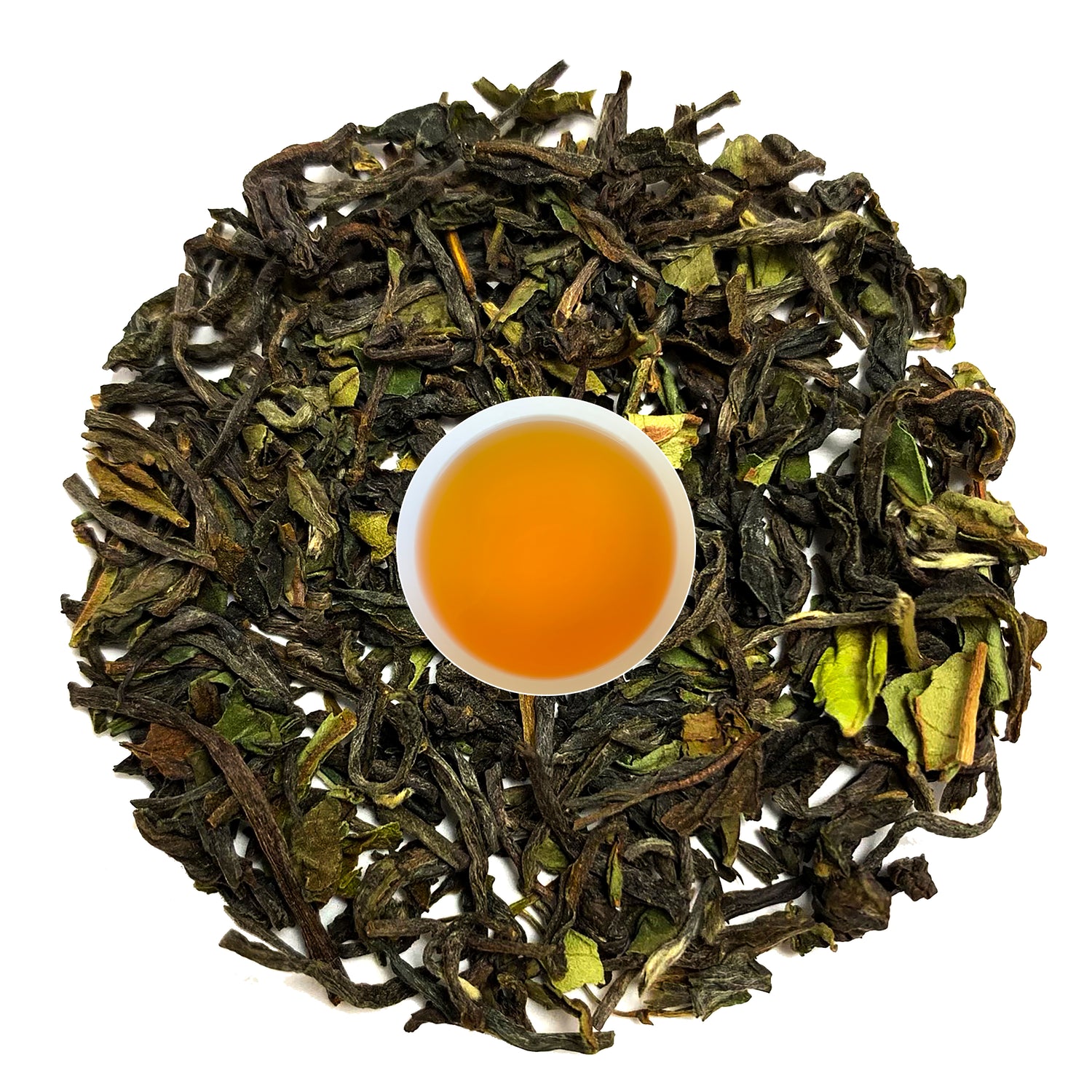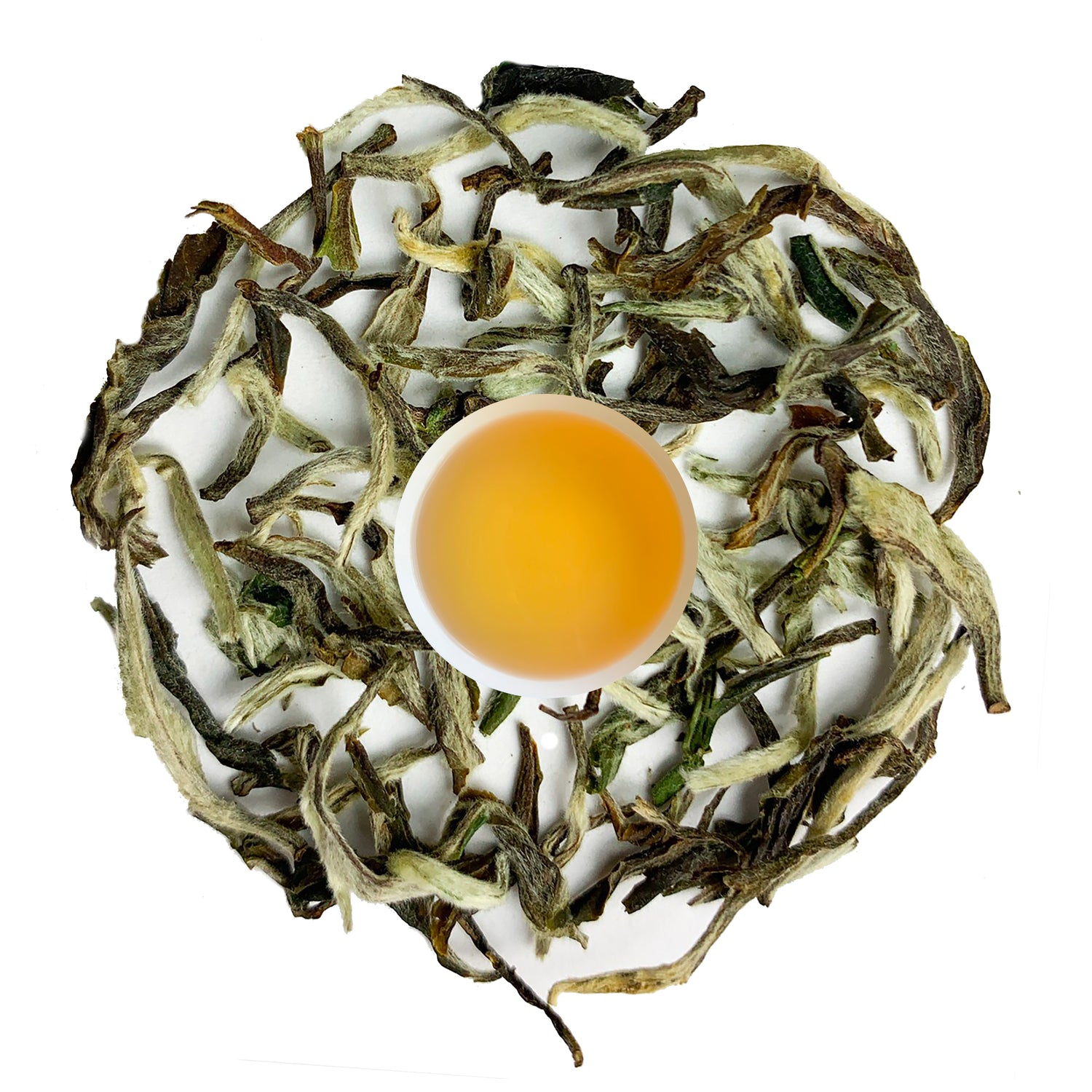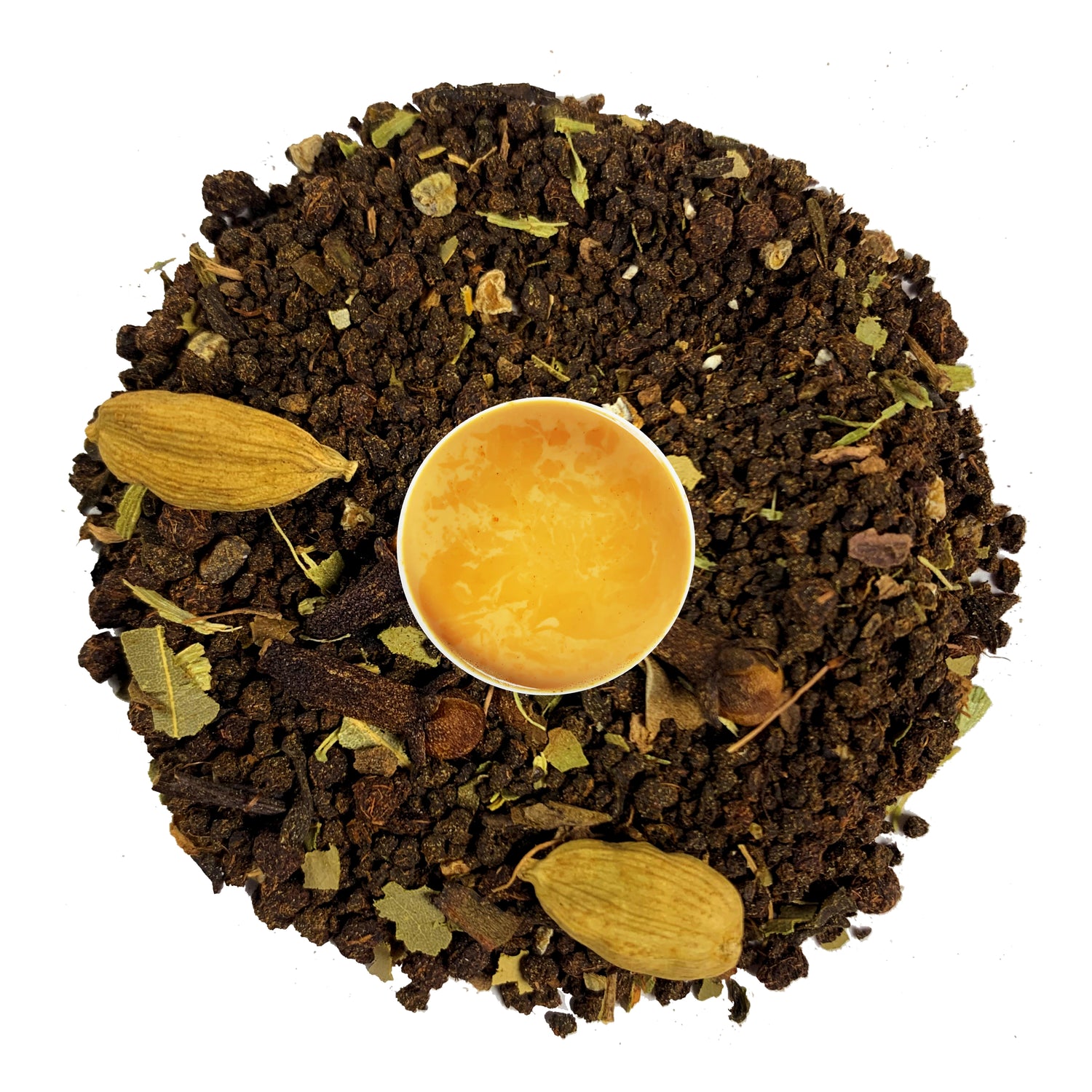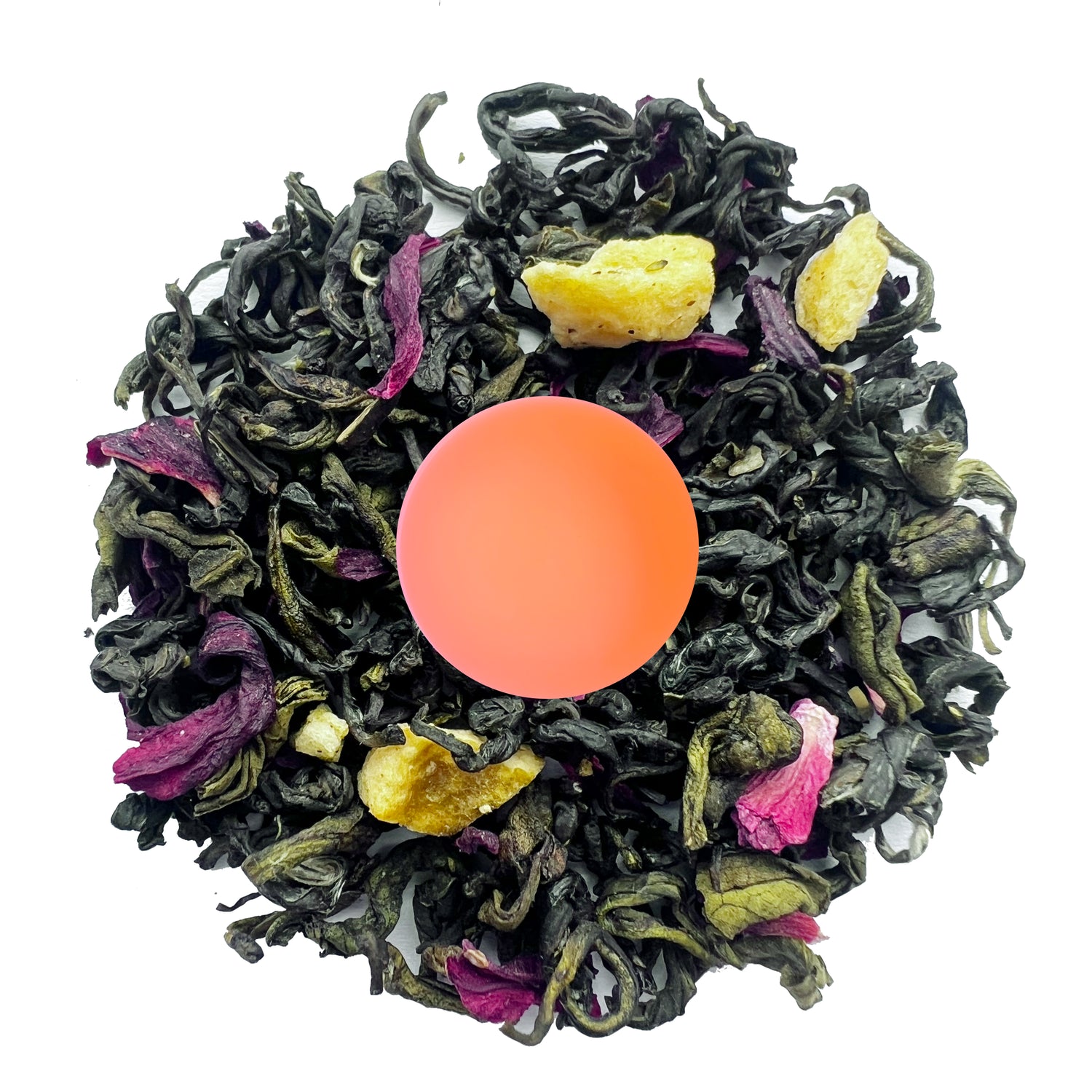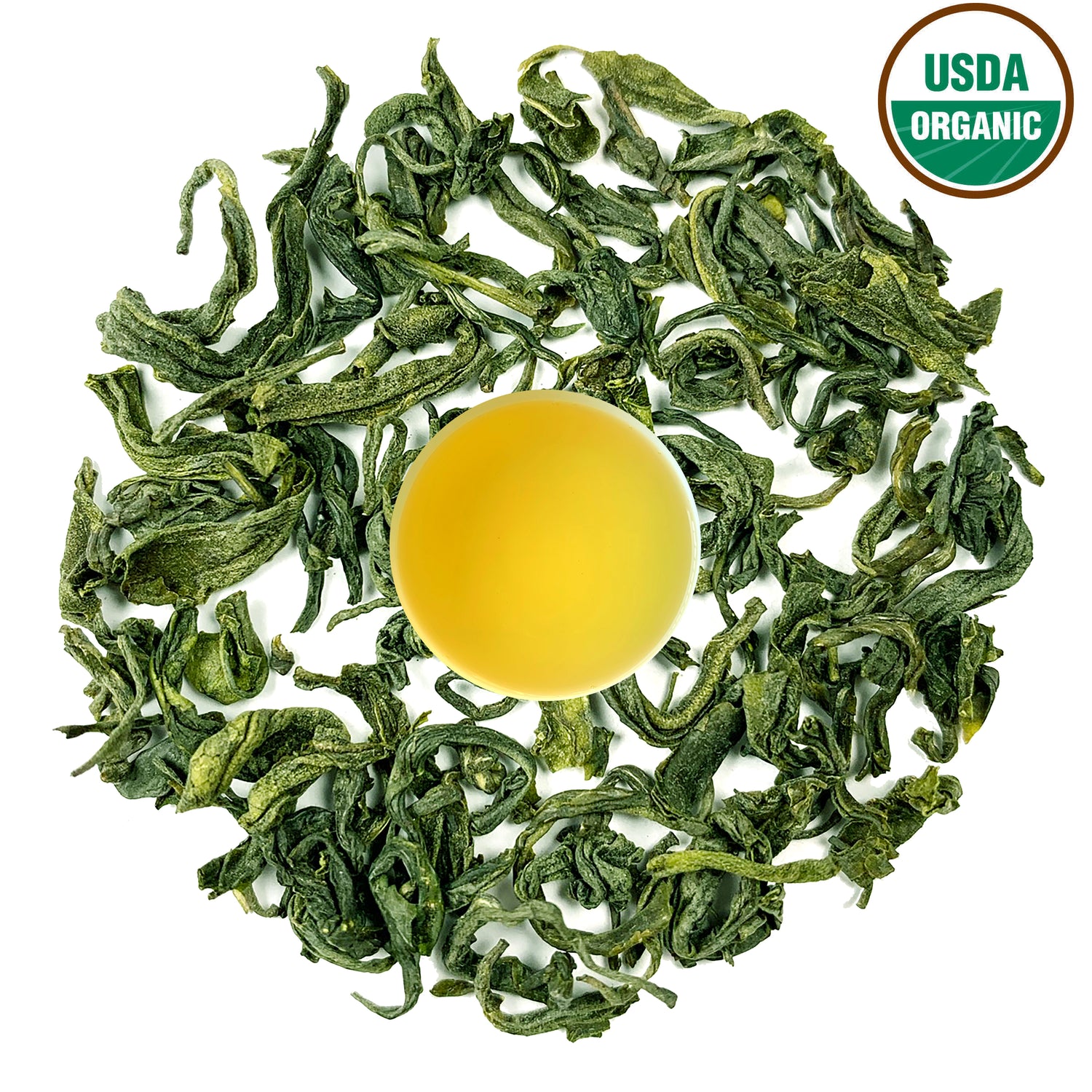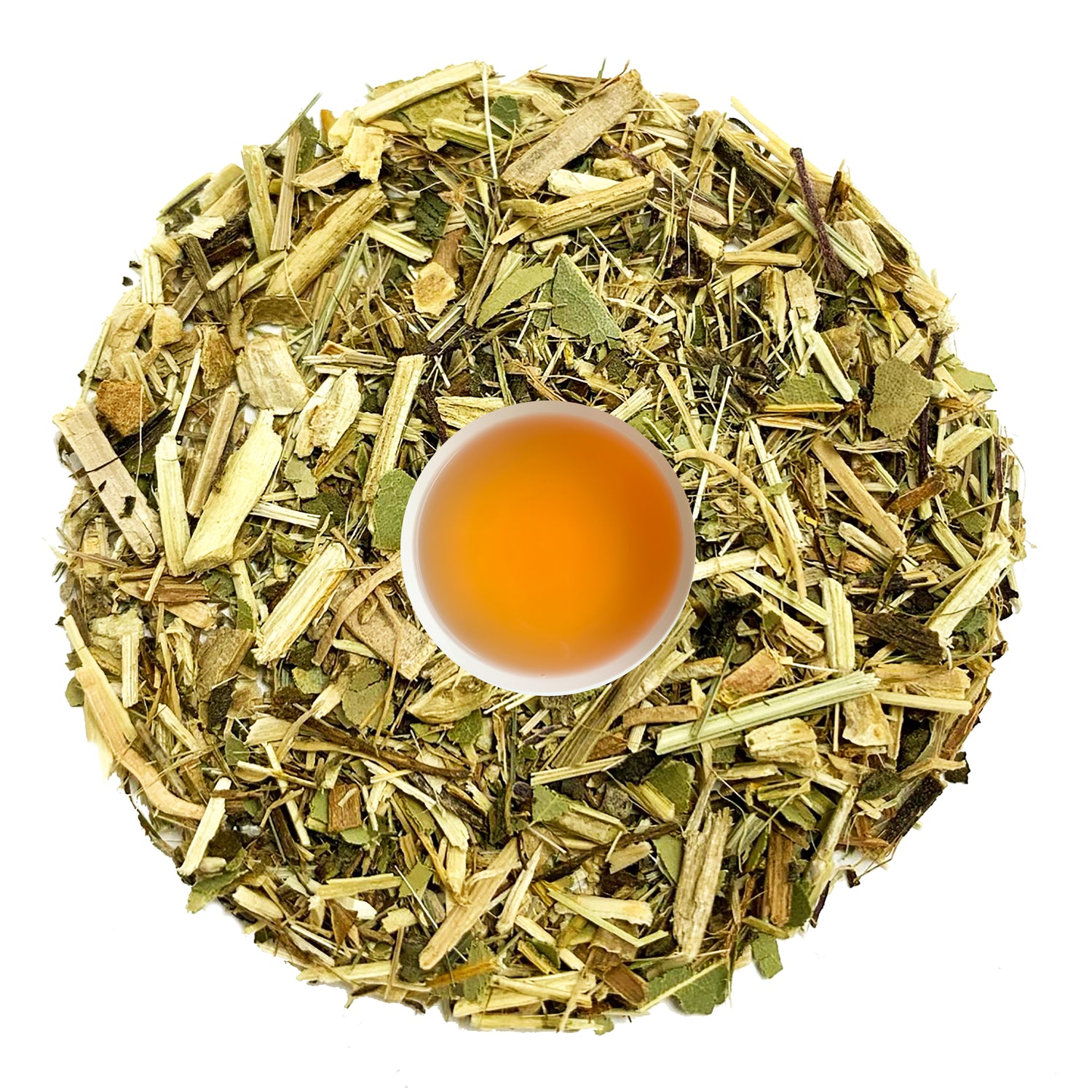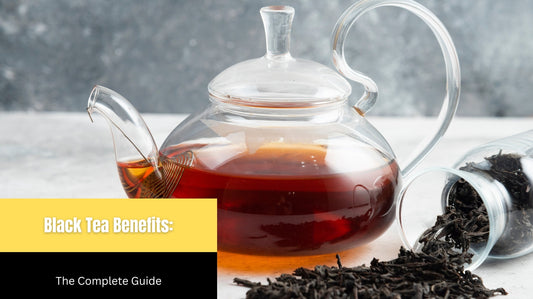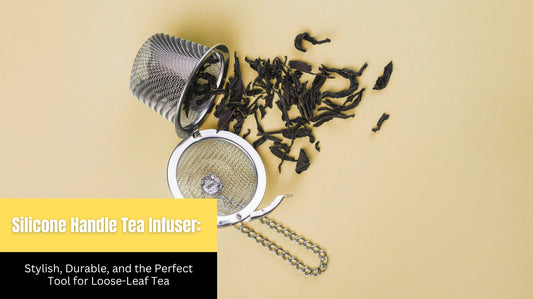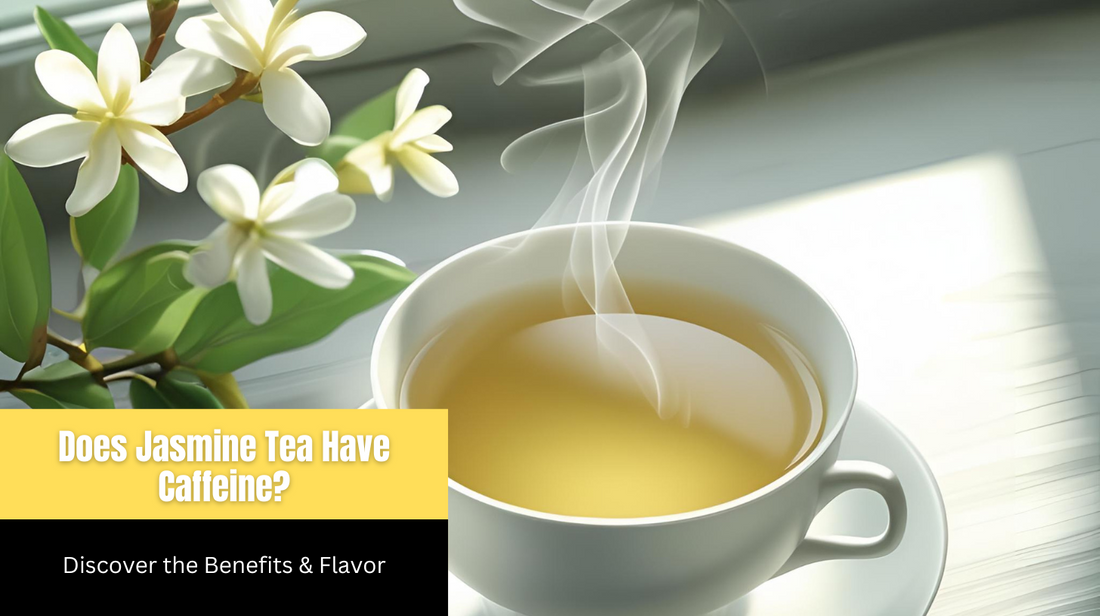
Does Jasmine Tea Have Caffeine? Discover the Benefits & Flavor
Understanding the Caffeine Content in Jasmine Tea
The caffeine in jasmine tea comes from the tea leaves it’s blended with usually green, white or black tea. Since green tea is the most common base most jasmine teas have moderate caffeine levels.
On average:
- Green tea-based jasmine tea: ~20–30 mg caffeine per cup
- White tea-based jasmine tea: ~15–20 mg caffeine per cup
-
Black tea-based jasmine tea: ~40–50 mg caffeine per cup
For comparison, a standard cup of coffee contains around 95 mg caffeine. So, jasmine tea offers a gentle lift without the jittery crash.
The Health Benefits of Jasmine Tea
1. Rich in Antioxidants
Jasmine tea is packed with catechins and polyphenols that help fight oxidative stress, supporting heart health and cell repair.
2. Boosts Metabolism
Green tea-based jasmine blends may slightly increase calorie burn, aiding weight management over time.
3. Supports Heart Health
Some studies suggest regular consumption may lower LDL cholesterol and improve blood vessel function.
4. Promotes Relaxation
The soothing scent of jasmine flowers is known to reduce stress and anxiety, making it a natural mood booster.
5. Supports Healthy Skin
Antioxidants help protect skin from free radical damage, slowing signs of aging and promoting a natural glow.
What Does Jasmine Tea Taste Like?
If you’ve never tried jasmine tea, imagine walking into a blooming garden on a calm spring day. That's the aroma you get in your cup. The base green tea provides a clean, grassy note while the jasmine flowers add a sweet, perfumed finish.
Our Nepal Jasmine Green Tea delivers a perfectly balanced profile not too overpowering, just a gentle floral lift with each sip.
How to Brew Nepal Jasmine Green Tea Perfectly
You’ll need:
- 1 tsp loose leaf Nepal Jasmine Green Tea
- 8 oz (240 ml) filtered water
- Teapot or infuser
Steps:
- Heat water to about 175–185°F (80–85°C). Avoid boiling — it can make the tea bitter.
- Add tea leaves to your teapot or infuser.
- Pour water gently over the leaves.
- Steep for 2–3 minutes for a light, fragrant brew. If you prefer stronger flavor, steep up to 4 minutes.
-
Strain and enjoy without milk to preserve the floral aroma.
Pro tip: You can re-steep high-quality loose leaf jasmine tea 2–3 times just increase steeping time slightly with each brew.
Why Choose Himalayan Jasmine Tea
While jasmine tea is enjoyed globally, Himalayan-grown varieties like ours offer a unique freshness. The high-altitude climate of Nepal’s tea gardens results in slower leaf growth, allowing more flavor compounds and nutrients to develop.
Our Nepal Jasmine Green Tea is handpicked, carefully scented with jasmine blossoms, and minimally processed to preserve its delicate fragrance. This makes every cup not just a drink, but an experience.
Ready to taste the magic of Himalayan jasmine tea? Experience the delicate balance of floral sweetness and green tea freshness with our Nepal Jasmine Green Tea. Order today and bring the aroma of jasmine gardens into your home.
FAQs
Q1: Is jasmine tea caffeine-free?
Not usually. If it’s made with green, white, or black tea leaves, it will have caffeine. Herbal jasmine infusions without tea leaves are caffeine-free.
Q2: Can I drink jasmine tea before bed?
If you’re sensitive to caffeine, it’s best to enjoy it earlier in the day or choose a caffeine-free version.
Q3: How often can I drink jasmine tea?
Moderate daily consumption (2–3 cups) is generally safe for most people and can be part of a healthy diet.
Q4: Is jasmine tea good for weight loss?
Green tea-based jasmine blends can support metabolism, but it’s most effective when combined with a healthy diet and exercise.
Q5: What’s the difference between jasmine tea and green tea?
Jasmine tea is usually green tea scented with jasmine blossoms, giving it a floral aroma in addition to the vegetal notes of green tea.


